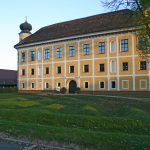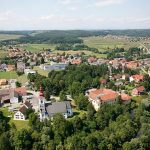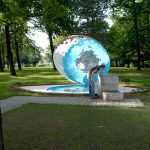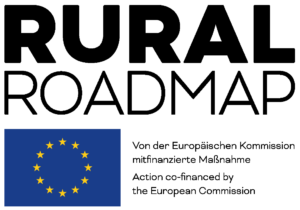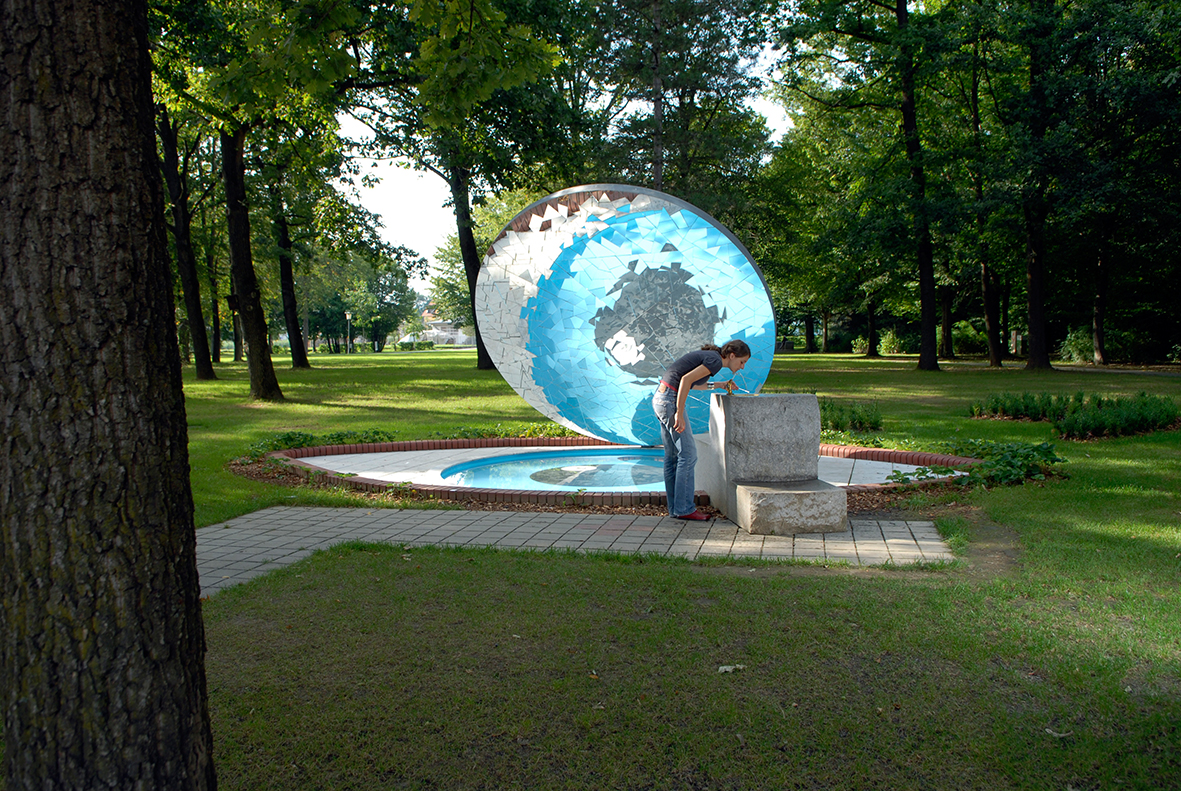
Gleinstätten, Styria, Austria
The municipality of Gleinstätten with its approximately 1,500 inhabitants is located in the Sulmtal Valley and is the economic and cultural centre between the two district capitals Leibnitz and Deutschlandsberg. Gleinstätten also plays an important part in the area of regional utility supply and is a location for schools and sport and leisure facilities. The most important industrial enterprise of the region is the Tondach AG Gleinstätten, which has production sites in eleven European countries.
A highlight of supra-regional importance is the Gleinstätten Castle, renovated in 1978 and home to an elementary school and the local authority. The inner yard of the castle covered by a roof offers room for concerts, readings, exhibitions and other events for 500 visitors. The castle itself is located in the heart of an adventure park including a nature trail with ponds and a number of trees and plants, giving insights into the biodiversity of this habitat. In the central area of the park, the artistic and the natural merge to the “LandArt Park”, which was designed years ago by different artists and the children of the village. The municipality is also a member of the nature park “South Styrian Wineland”.
However, all those positive elements were overshadowed by one big problem: In its spacial structure, Gleinstätten is characterized by a through-road, used by more than 7,000 vehicles on a daily base to travel through the locality, considerably reducing life in public spaces. Eventually, the refurbishment of the road necessary for technical reasons was taken as an opportunity to initiate a pilot project in the sense of the shared-space philosophy.
Shared space means that the entire road is seen as a public space with different usages, where a balance must be found between socially motivated and traffic-relevant usage. First, a model was developed in a participative process, which was then translated into a spacial model used for detail planing under consideration of the traffic necessities.
On 1 July 2008, Gleinstätten started this participation process with a number of workshops. The process lasted until the end of the year 2008 and up to 120 citizens participated. After the planing stage was completed in September 2009, the project was implemented.
In addition to the attention gained across the region, the innovative construction project also attracted positive social reactions and consequences. The integrative planing process resulted in improved communication within the locality and an increased sense of confidence of its citizens, which in turn increased the quality of life of the villagers.
Gleinstätten stands out due to for its exemplary cultural revival of the castle and the surrounding LandArt Park as well as the brave and unique renewal of the aversive and separating through-road as a shared-space project with merging road space functions.
Evaluated: 2010
